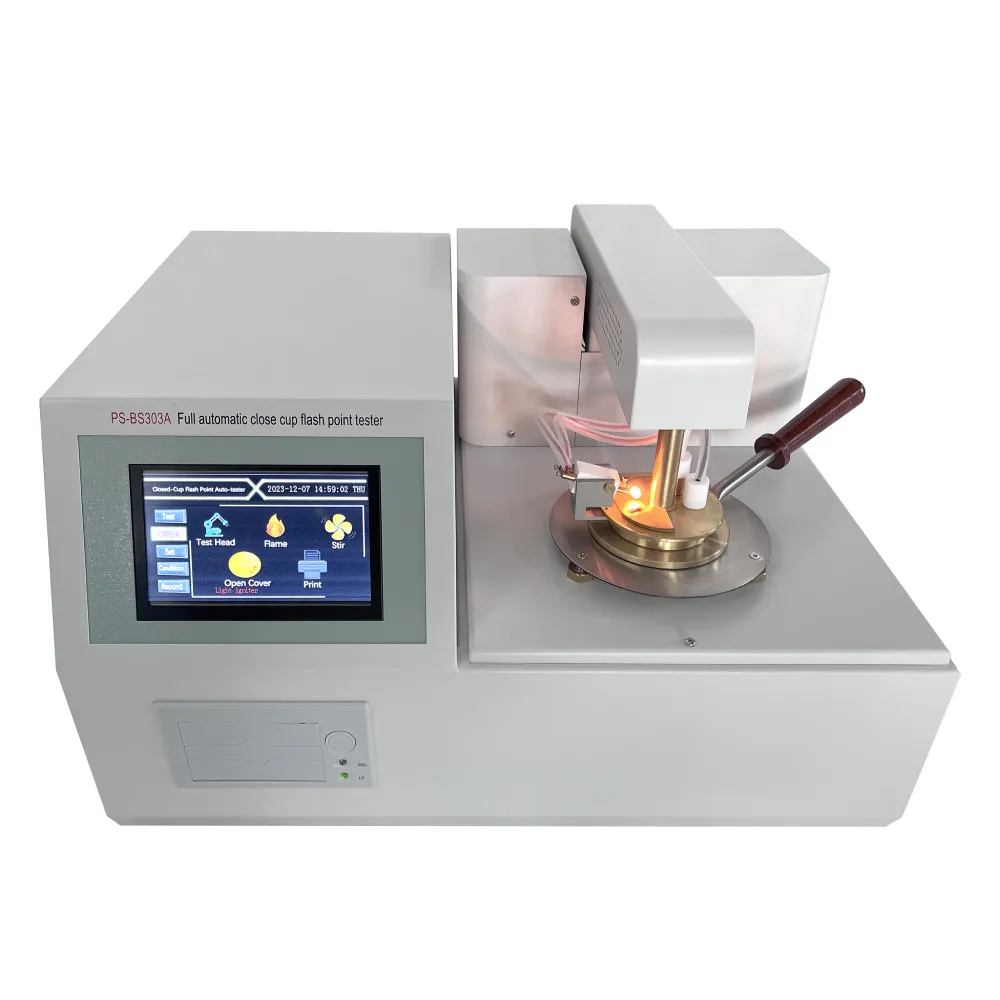 English
English



-
 Afrikaans
Afrikaans -
 Albanian
Albanian -
 Amharic
Amharic -
 Arabic
Arabic -
 Armenian
Armenian -
 Azerbaijani
Azerbaijani -
 Basque
Basque -
 Belarusian
Belarusian -
 Bengali
Bengali -
 Bosnian
Bosnian -
 Bulgarian
Bulgarian -
 Catalan
Catalan -
 Cebuano
Cebuano -
 China
China -
 China (Taiwan)
China (Taiwan) -
 Corsican
Corsican -
 Croatian
Croatian -
 Czech
Czech -
 Danish
Danish -
 Dutch
Dutch -
 English
English -
 Esperanto
Esperanto -
 Estonian
Estonian -
 Finnish
Finnish -
 French
French -
 Frisian
Frisian -
 Galician
Galician -
 Georgian
Georgian -
 German
German -
 Greek
Greek -
 Gujarati
Gujarati -
 Haitian Creole
Haitian Creole -
 hausa
hausa -
 hawaiian
hawaiian -
 Hebrew
Hebrew -
 Hindi
Hindi -
 Miao
Miao -
 Hungarian
Hungarian -
 Icelandic
Icelandic -
 igbo
igbo -
 Indonesian
Indonesian -
 irish
irish -
 Italian
Italian -
 Japanese
Japanese -
 Javanese
Javanese -
 Kannada
Kannada -
 kazakh
kazakh -
 Khmer
Khmer -
 Rwandese
Rwandese -
 Korean
Korean -
 Kurdish
Kurdish -
 Kyrgyz
Kyrgyz -
 Lao
Lao -
 Latin
Latin -
 Latvian
Latvian -
 Lithuanian
Lithuanian -
 Luxembourgish
Luxembourgish -
 Macedonian
Macedonian -
 Malgashi
Malgashi -
 Malay
Malay -
 Malayalam
Malayalam -
 Maltese
Maltese -
 Maori
Maori -
 Marathi
Marathi -
 Mongolian
Mongolian -
 Myanmar
Myanmar -
 Nepali
Nepali -
 Norwegian
Norwegian -
 Norwegian
Norwegian -
 Occitan
Occitan -
 Pashto
Pashto -
 Persian
Persian -
 Polish
Polish -
 Portuguese
Portuguese -
 Punjabi
Punjabi -
 Romanian
Romanian -
 Russian
Russian -
 Samoan
Samoan -
 Scottish Gaelic
Scottish Gaelic -
 Serbian
Serbian -
 Sesotho
Sesotho -
 Shona
Shona -
 Sindhi
Sindhi -
 Sinhala
Sinhala -
 Slovak
Slovak -
 Slovenian
Slovenian -
 Somali
Somali -
 Spanish
Spanish -
 Sundanese
Sundanese -
 Swahili
Swahili -
 Swedish
Swedish -
 Tagalog
Tagalog -
 Tajik
Tajik -
 Tamil
Tamil -
 Tatar
Tatar -
 Telugu
Telugu -
 Thai
Thai -
 Turkish
Turkish -
 Turkmen
Turkmen -
 Ukrainian
Ukrainian -
 Urdu
Urdu -
 Uighur
Uighur -
 Uzbek
Uzbek -
 Vietnamese
Vietnamese -
 Welsh
Welsh -
 Bantu
Bantu -
 Yiddish
Yiddish -
 Yoruba
Yoruba -
 Zulu
Zulu
Understanding Transformer Winding Insulation Resistance for Enhanced Performance and Safety
Understanding Insulation Resistance of Transformer Windings
Insulation resistance plays a critical role in the operational reliability and safety of transformer windings. The insulation system in transformers is designed to prevent electrical leakage, ensure efficient energy transfer, and protect the windings against environmental factors. A thorough understanding of the insulation resistance of transformer windings can help in predicting the lifespan of the transformer and identifying potential issues before they escalate into major failures.
Importance of Insulation Resistance
The insulation resistance of windings in a transformer is essentially a measure of how well the insulation material can resist electrical current flow. High insulation resistance indicates that the insulation is in good condition and able to prevent current from leaking between the windings and the core or between different winding phases. Low insulation resistance, on the other hand, can lead to various problems, including overheating, insulation breakdown, and ultimately, transformer failure.
A transformer's insulation system must endure various stresses, including thermal, electrical, and mechanical factors. Over time, these stresses can cause insulation materials to degrade, leading to diminished insulation resistance. Regular testing of insulation resistance is crucial, as it provides insights into the condition of the transformer and can serve as an early warning system for insulation failures.
Measuring Insulation Resistance
Insulation resistance is typically measured using insulation resistance testers or megohmmeters, which apply a known voltage (often 500V to 1000V) to the winding and measure the resistance in megohms. A high reading, often above 1 MΩ, indicates good insulation health, while readings below the manufacturer’s specified value warrant further investigation. Factors such as temperature, humidity, and the age of the transformer can affect the readings, making it essential to take these conditions into account during testing.
insulation resistance of transformer winding

Standards and Guidelines
Various standards govern the acceptable levels of insulation resistance for transformer windings. For instance, the IEEE (Institute of Electrical and Electronics Engineers) and IEC (International Electrotechnical Commission) provide guidelines on testing and evaluating insulation resistance. These standards allow for consistent assessment across transformers, promoting safety and reliability in their operation.
A common recommendation is that the insulation resistance should be at least 1 MΩ per kV of rated voltage for transformers. For example, a transformer rated at 11 kV should ideally exhibit a minimum insulation resistance of 11 MΩ. However, these values can vary depending on the transformer's design and application.
Maintenance and Best Practices
Regular maintenance and monitoring of insulation resistance are vital for ensuring transformer reliability. Conducting routine insulation resistance tests, especially after repairs, modifications, or in harsh environmental conditions, can help to detect issues early. Additionally, maintaining appropriate operating conditions—such as controlling temperature and humidity—can prolong the lifespan of the insulation material.
In conclusion, the insulation resistance of transformer windings is a key indicator of health and safety in electrical power systems. By regularly measuring insulation resistance and adhering to industry standards, utility operators and engineers can proactively manage transformers and prevent costly failures. Understanding this aspect of transformer maintenance not only safeguards equipment but also enhances the overall efficiency and reliability of power distribution systems.
-
Exploring the Main Types of Industrial Endoscopes and Their Applications Across IndustriesNewsJul.04,2025
-
Testing Equipment Industry Sees Major Advancements in 2025: Smart & Precision Technologies Lead the WayNewsJun.06,2025
-
Applications of Direct Current Generators in Renewable Energy SystemsNewsJun.05,2025
-
Hipot Tester Calibration and Accuracy GuidelinesNewsJun.05,2025
-
Digital Circuit Breaker Analyzer Features and BenefitsNewsJun.05,2025
-
Benefits of Real-Time Power Quality Monitoring Devices for Industrial EfficiencyNewsJun.05,2025



